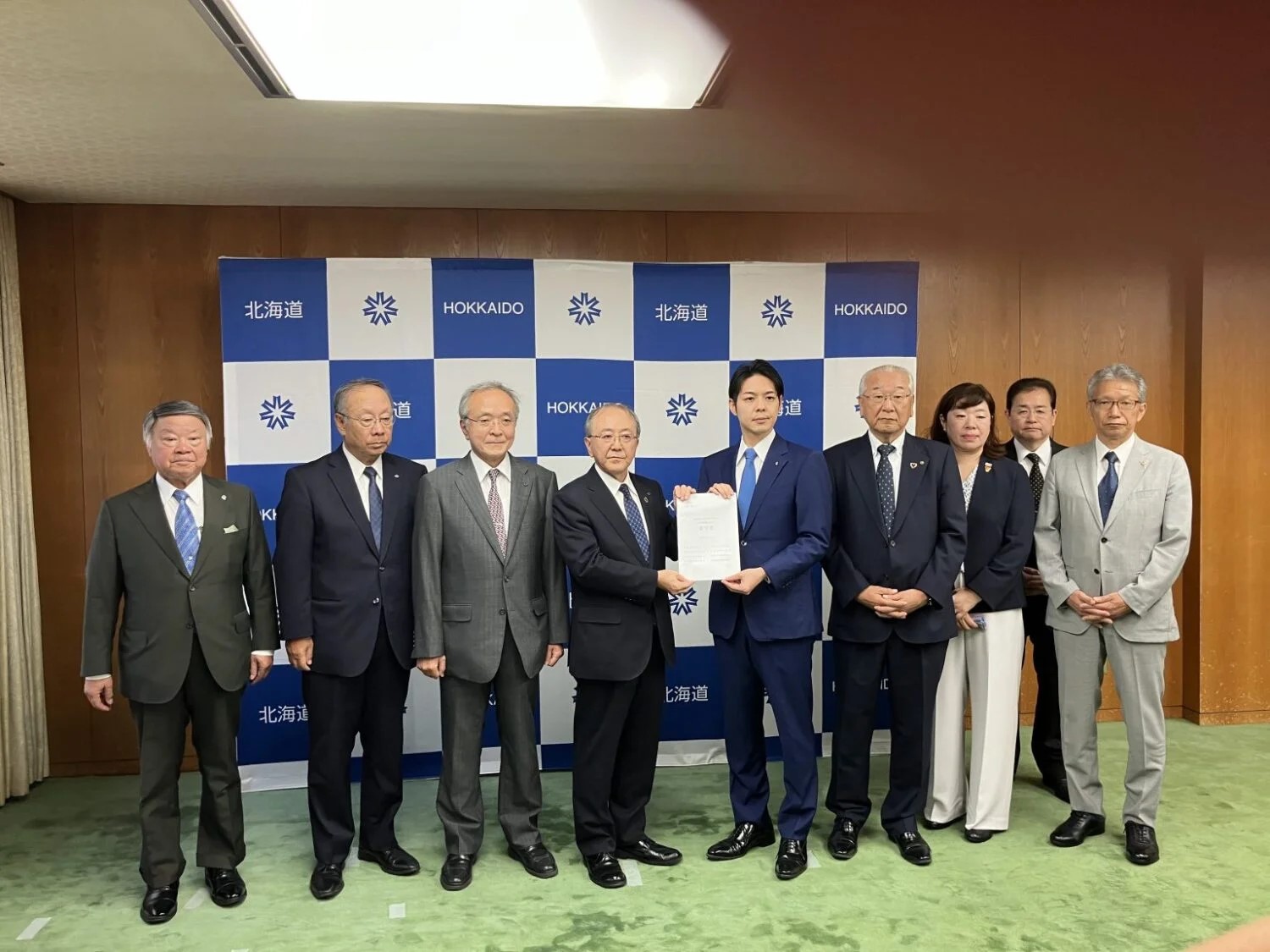The panel had issued a draft evaluation report to similar effect in July 2015. Later, in November of the same year, a peer review meeting was held of experts involved in evaluations of fault zones of crushed rock at other sites. The conclusions of the evaluation report were not reversed.
An examination is currently being carried out to see whether or not the Shika-2 (ABWR, 1206MWe) is compatible with new regulatory standards. Just as with Tsuruga-2 (PWR, 1160MWe), owned and operated by the Japan Atomic Power Company (JAPC)—for which the NRA secretariat identified 13 points to be addressed in a compatibility examination—the fault-zone evaluation issued this time will be referred to as “important knowledge and information.”
If the operator submits newer information obtained from additional investigations and other activities, the judgment of compatibility with new standards will include such information as well.
Upon issuance of the final evaluation report, Hokuriku Electric Power released a comment saying that “it is far from convincing,” adding that “we earnestly expect the compatibility examination to be resumed as soon as possible.”
The power company said that if scientific data obtained from its additional investigations were examined comprehensively, it would be rational to conclude that the fault in question is not one “that could possibly become an active fault in the future.”
Hokuriku Electric Power has said that it would properly respond to “future issues” presented by the expert panel this time. It will also further enhance its data, and explain the validity of its views during the compatibility examination.



-049.jpg)
.jpg)











